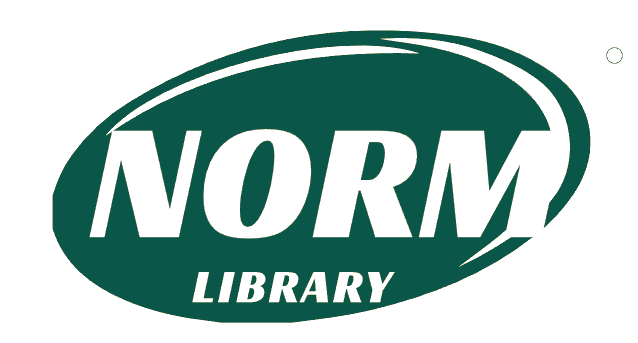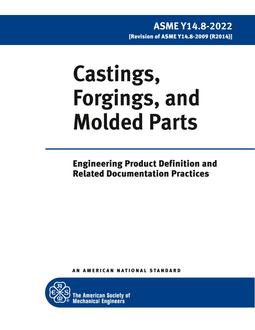ISA 60079-10-2 (12.10.05) – Explosive Atmospheres – Part 10-2: Classification of areas – Combustible dust atmospheres
This standard is concerned with the identification and classification of areas where explosive dust atmospheres and combustible dust layers are present, in order to permit the proper assessment of ignition sources in such areas.
In this standard, explosive dust atmospheres and combustible dust layers are treated separately. In Clause 4, area classification for explosive dusts clouds is described, with dust l ayers acting as one of the possible sources of release. In Clause 7, the hazard of dust layer ignition is described.
The examples in this standard are based on a system of effective housekeeping being implemented in the plant to prevent dust layers from accumulating. Where effective housekeeping is not present, the area classification includes the possible formation of explosive dust clouds from dust layers.
The principles of this standard can also be followed when combustible fibres or flyings may cause a hazard.
This standard is intended to be applied where there can be a risk due to the presence of explosive dust atmospheres or combustible dust layers under normal atmospheric conditions.
It does not apply to
- underground mining areas,
- areas where a risk can arise due to the presence of hybrid mixtures,
- dusts of explosives, pyrophoric or pyrotechnic substances, or other dusts that do not require atmospheric oxygen for combustion,
- catastrophic failures which are beyond the concept of abnormality dealt with in this standard (see Note 1),
- any risk arising from an emission of flammable or toxic gas from the dust.
This standard does not take into account the effects of consequential damage following a fire or an explosion.
NOTE 1 Catastrophic failure in this context is applied, for example, to the rupture of a storage silo or a pneumatic conveyor.
NOTE 2 In any process plant, irrespective of size, there can be numerous sources of ignition apart fr om those associated with equipment. Appropriate precautions will be necessary to ensure safety in this context, but these are outside the scope of this standard.
Product Details
- Published:
- 09/13/2013
- ANSI:
- ANSI Approved
- Number of Pages:
- 48





